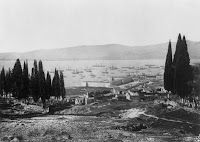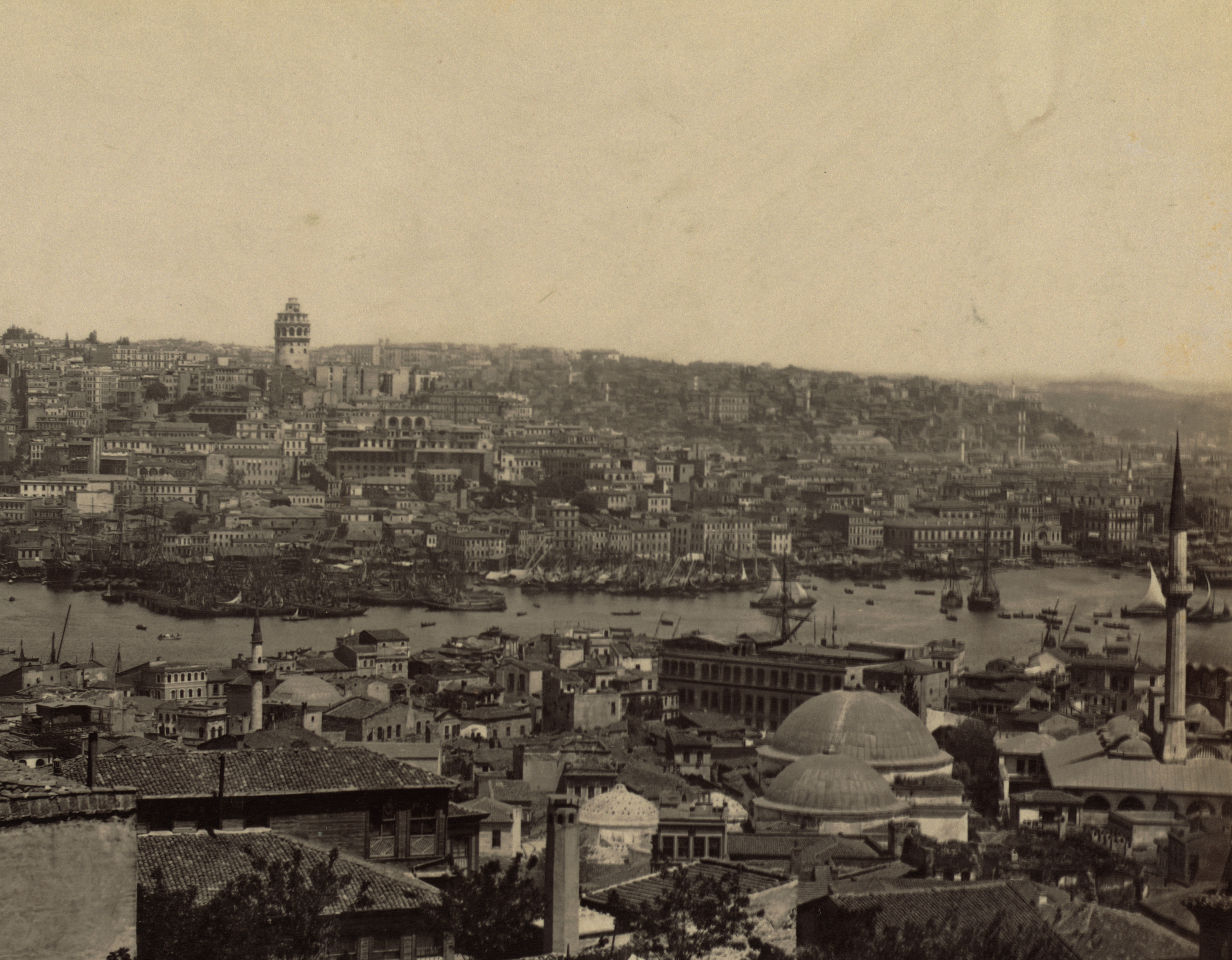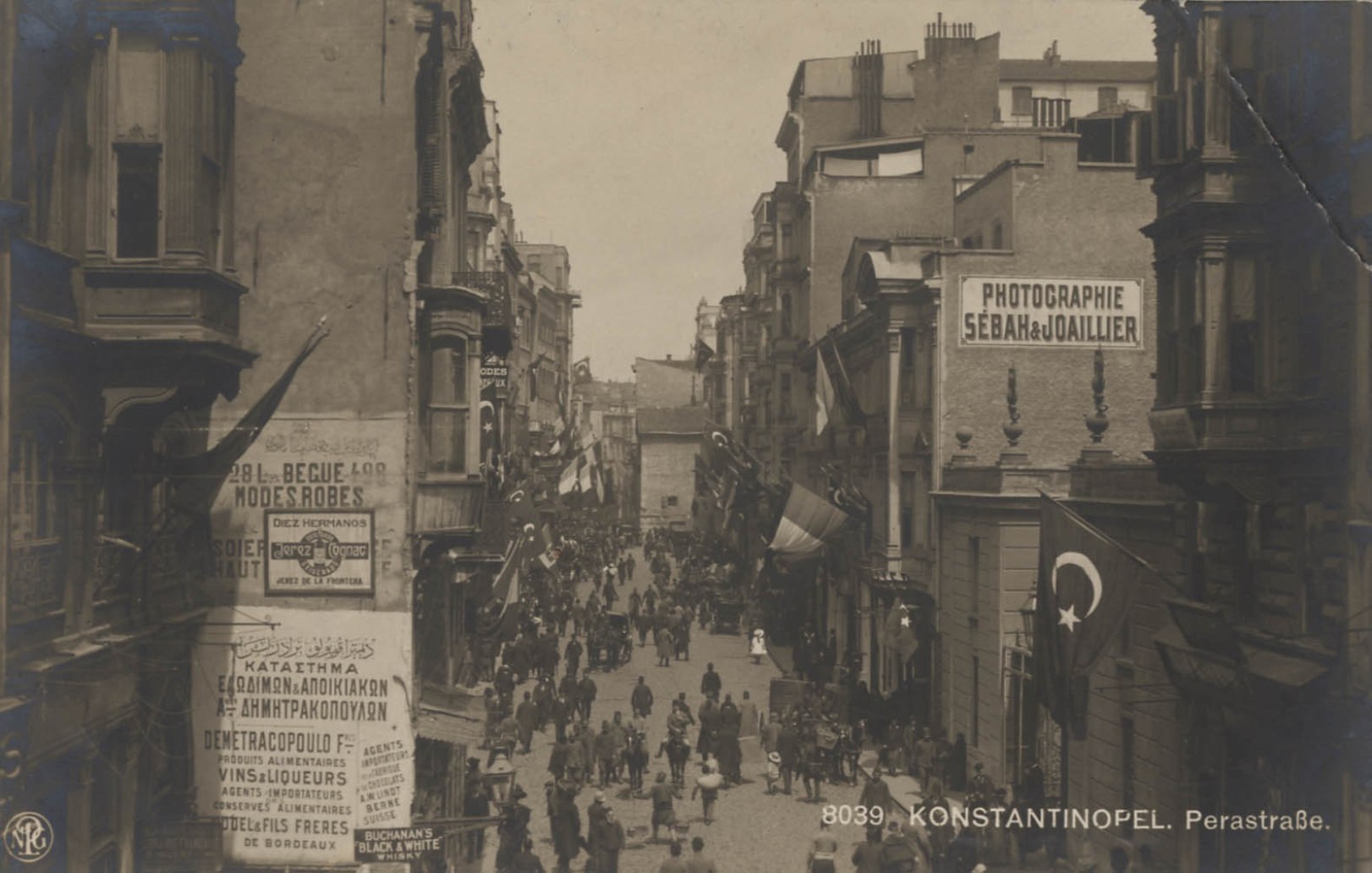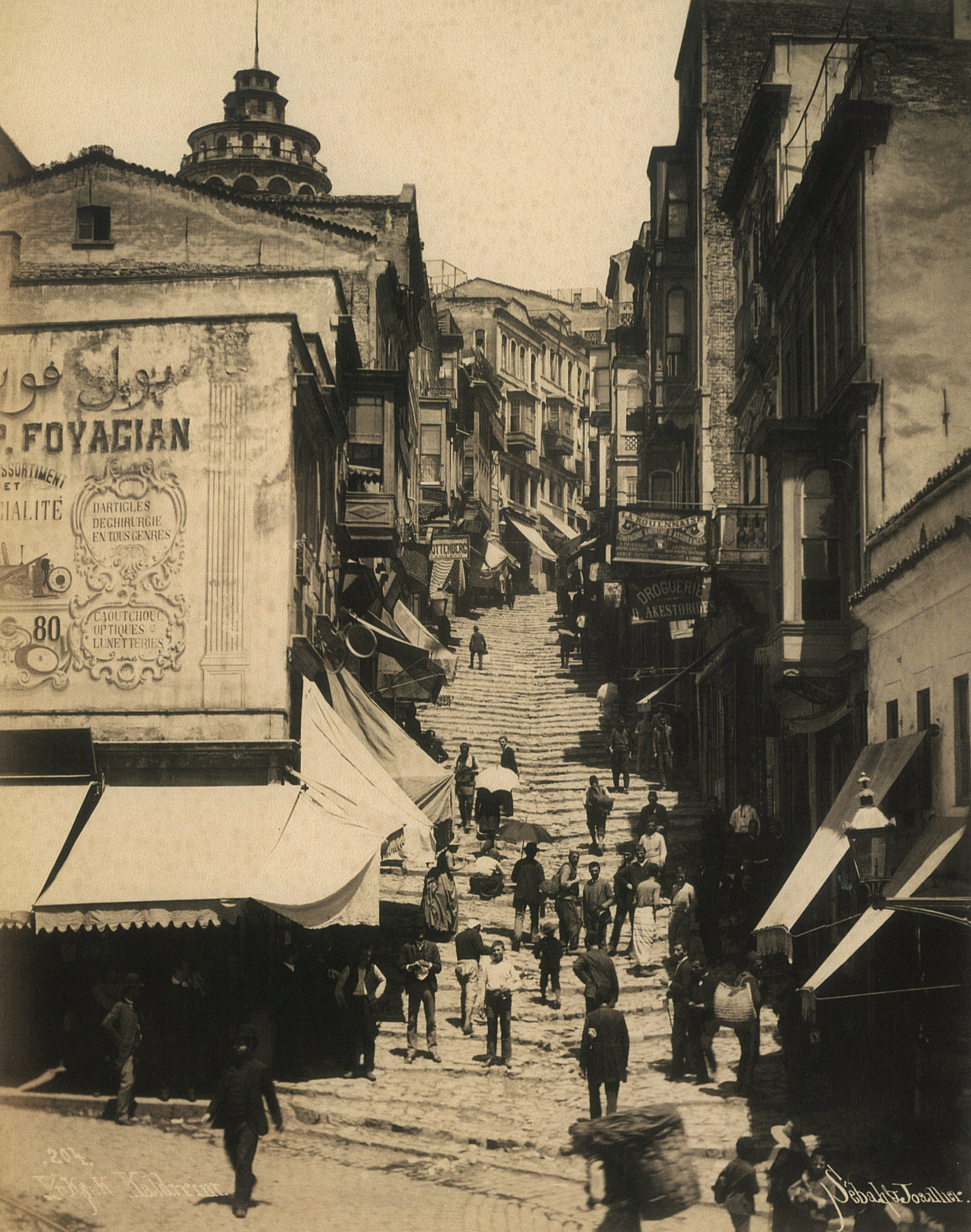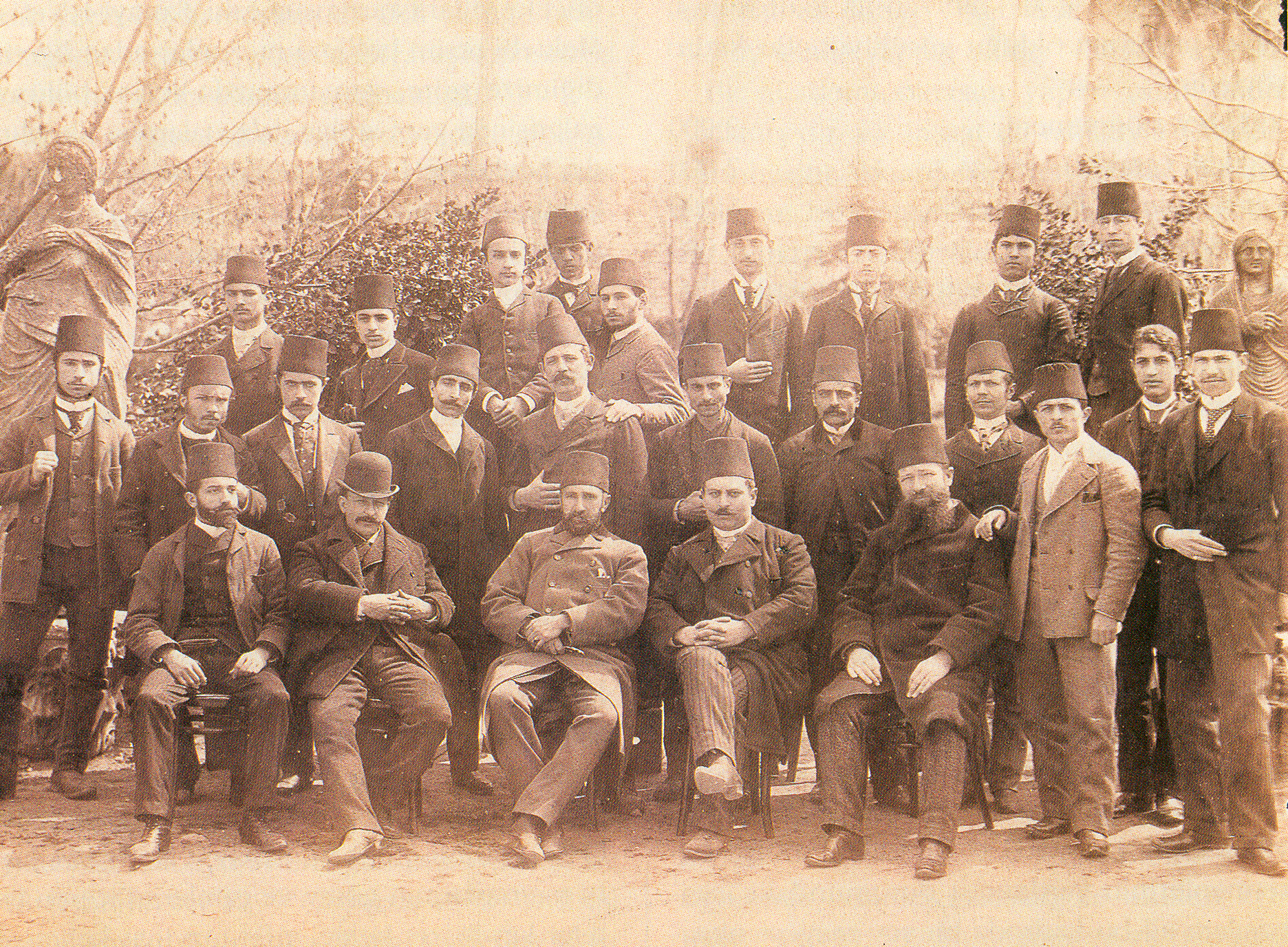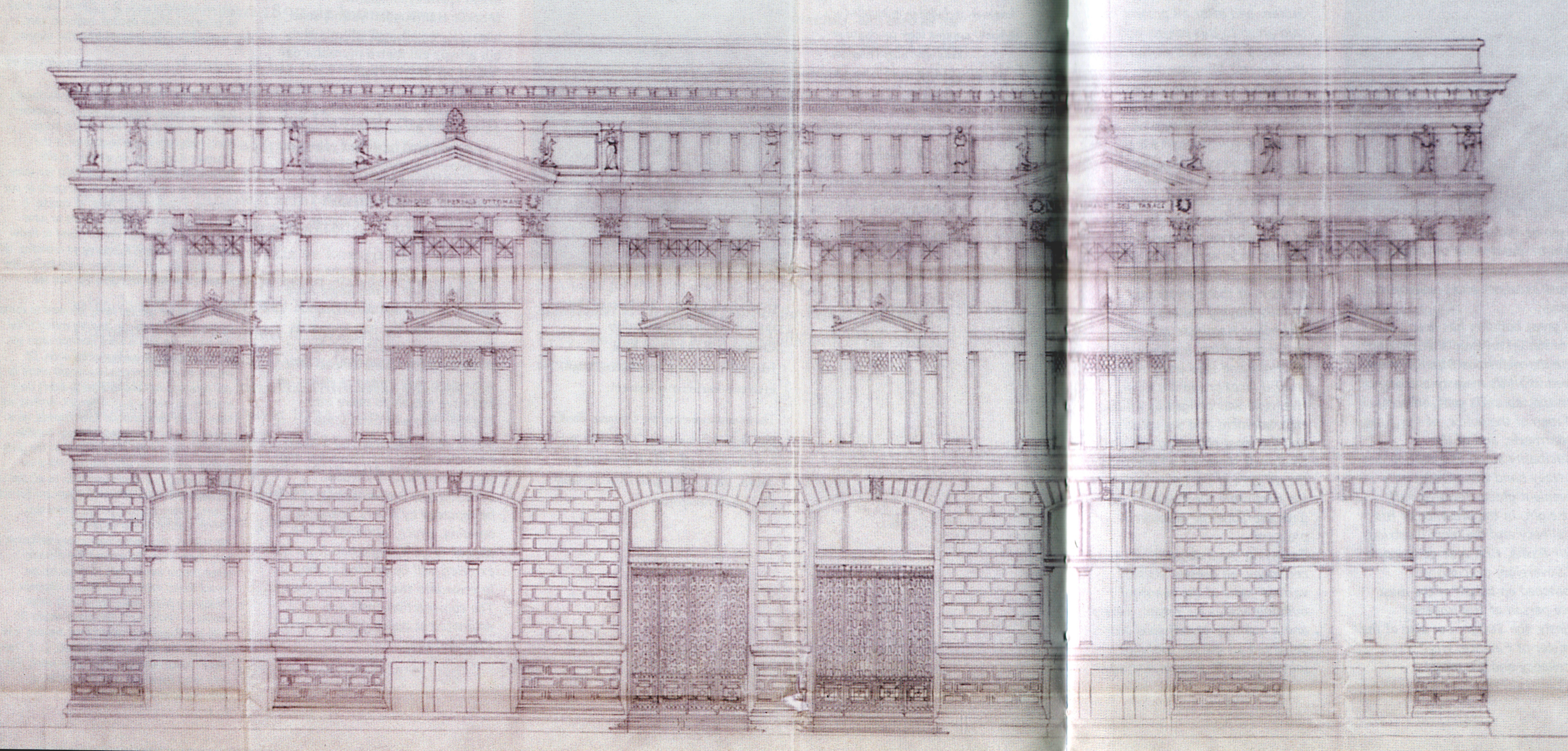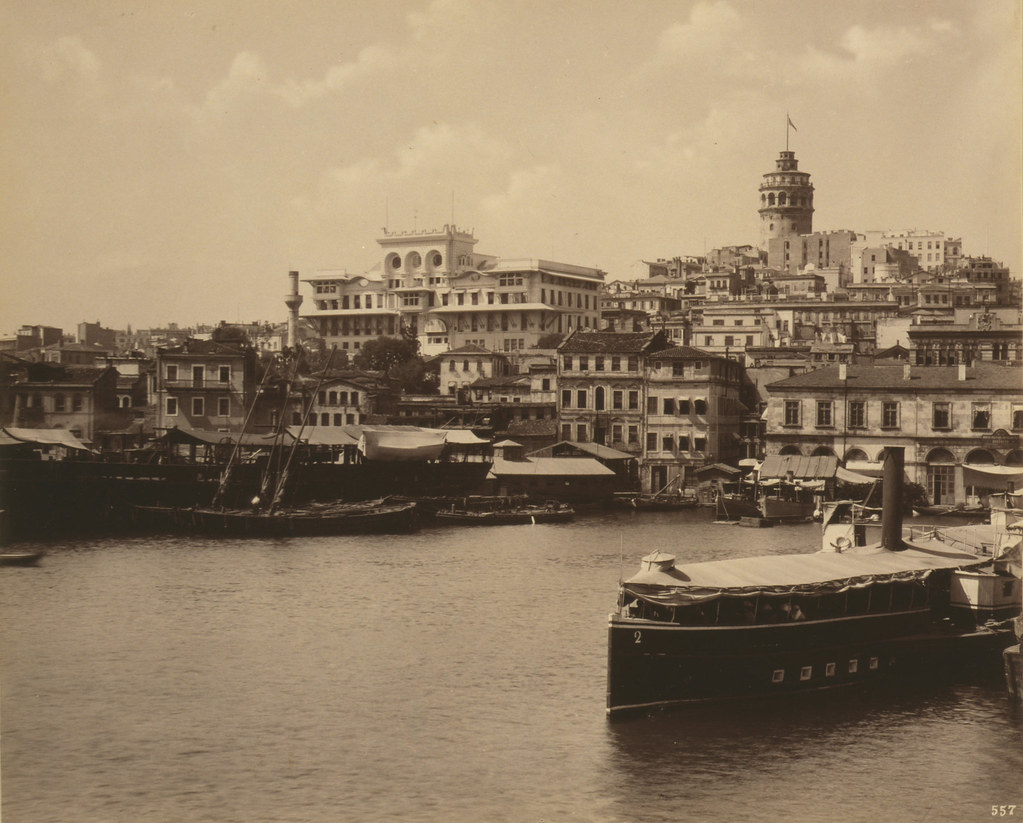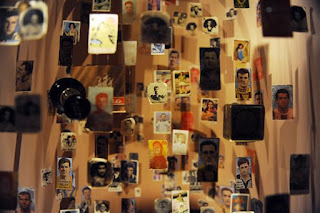79. Pontic Greek and Trabzon Turkish
MP3 File
Citation: "The Spread of Turkish Language and the Black Sea Dialects," Bernt Brendemoen and Chris Gratien, Ottoman History Podcast, No. 79 (November 16, 2012) http://www.ottomanhistorypodcast.com/2012/11/history-turkish-language-dialects-turkic-greek-influence.html
Select Bibliography
Music: Ben Seni Sevduğumi (Maçkalı Hasan Tunç and Kazım Koyuncu Versions)
Dialects are formed by complex historical processes that involve cultural exchange, migration, and organic transformation. Thus, the study of dialects can provide information about the history of a particular language as well as the communities that have historically spoken that given language. In this episode, Bernt Brendemoen discusses the emergence of the Turkish dialect of the Black Sea region, its relationship with early Anatolian and Ottoman Turkish as well as Pontic Greek, and what it can tell us about the evolution of the modern Turkish language.
MP3 File
Bernt Brendemoen is a Professor of Turkology at the University of Oslo in Norway (see faculty page)
Chris Gratien is a PhD candidate studying the history of the modern Middle East at Georgetown University (see academia.edu)
Citation: "The Spread of Turkish Language and the Black Sea Dialects," Bernt Brendemoen and Chris Gratien, Ottoman History Podcast, No. 79 (November 16, 2012) http://www.ottomanhistorypodcast.com/2012/11/history-turkish-language-dialects-turkic-greek-influence.html
Select Bibliography
Brendemoen, Bernt (1999). Greek and Turkish Language Encounters in Anatolia, In Bernt Brendemoen; Elizabeth Lanza & Else Ryen (ed.), Language Encounters across time and space. Studies in language contact. Novus, Oslo. ISBN 82-7099-308-5. s 353 - 378
Brendemoen, Bernt (2006). Aspects of Greek-Turkish language contact in Trabzon, In Hendrik Boeschoten & Lars Johanson (ed.), Turkic Languages in Contact. Harrassowitz Verlag. ISBN 3-447-05212-0. Kapittel. s 63 - 73
Brendemoen, Bernt (2003). A note on vowel rounding in the Trabzon dialects, In Studies in Turkish linguistics. Proceedings of the Tenth International Conference in Turkish Linguistics. Bogazici University Press. ISBN 975-518-210-1. Artikkel. s 313 - 320
Brendemoen, Bernt (2005). Some remarks on the phonological status of Greek loanwords in Anatolian Turkish dialects, In Linguistic Convergence and Areal Diffusion. Case studies from Iranian, Samitic and Turkic. Routledge Mental Health. ISBN 0-415-30804-6. Part 3: Turkic Languages. s 335 - 345
Brendemoen, Bernt (1998). Some Remarks on the -mIs past in the Eastern Black Sea Coast Dialects. In: Turkic Languages (Wiesbaden) 1/2, 1997, 161-183.. Turkic languages. ISSN 1431-4983. 1(2), s 161- 183
Brendemoen, Bernt (2006). Ottoman or Iranian? An example of Turkic-Iranian language contact in East Anatolian dialects, In Lars Johanson & Christiane Bulut (ed.), Turkic-Iranian Contact Areas. Historical and Linguistic Aspects. Harrassowitz Verlag. ISBN 3-447-05276-7. Kapittel. s 226 - 238
Brendemoen, Bernt (1998). The Turkish Language Reform, In Lars Johanson & Eva A. Csato (ed.), The Turkic Languages. Routledge Mental Health. ISBN 0-415-08200-5. s 242 - 247
Brendemoen, Bernt (1998). Turkish Dialects, In Lars Johanson & Eva A. Csato (ed.), The Turkic Languages. Routledge Mental Health. ISBN 0-415-08200-5. s 236 - 241















